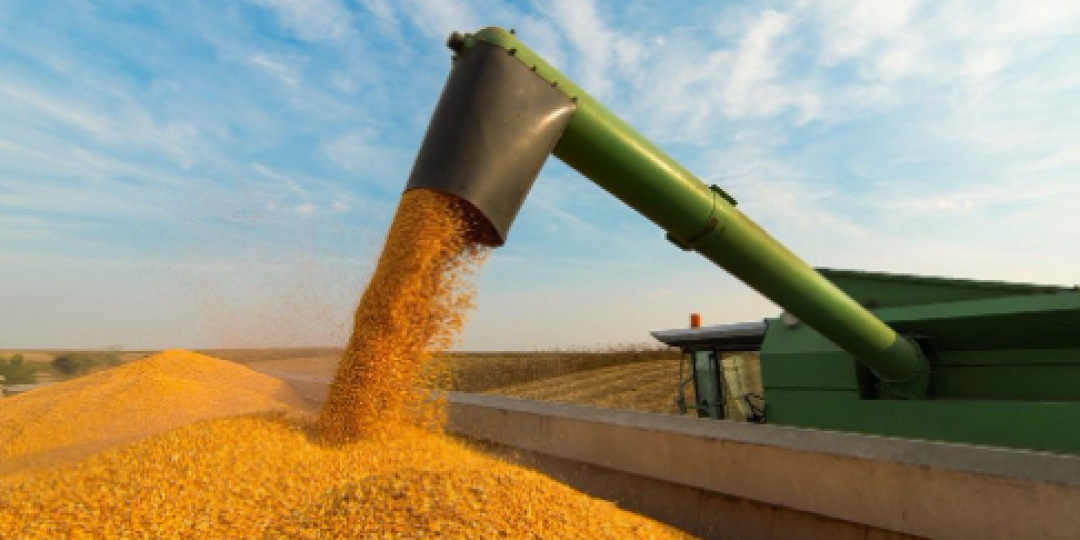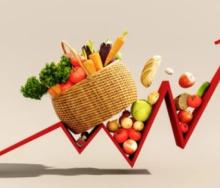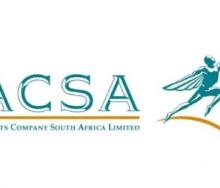As South Africa's prosperous agricultural sector continues to benefit from mechanisation to improve efficiency, the country’s imports of a range of agricultural machinery are on the rise.
Agricultural economist Wandile Sihlobo points out that tractor sales increased for the third consecutive month, up 35% year-on-year (y-o-y) in March, with 671 units sold. Sales of combine harvesters were up 42% y-o-y in March, with 37 units sold.
The substantial increase in sales primarily reflects the sector's positive sentiment about the 2024-25 first crop and horticulture harvest, based on favourable weather conditions and the base effects, given the weak sales in 2024, he points out.
“During the current trade wars, there has been confusion about how much South Africa levies in tariffs on agricultural machinery imported into the country, specifically tractors. It is essential to clarify that South Africa has no duties on imported tractors – check under Harmonised System (HS) code “8701.9” in the tariff book for greater details.
“We can't place import duties on essential equipment we don't produce. Importantly, we want this equipment to be affordable so that the farming sector can continue to thrive.”
The poor agricultural machinery sales performance in 2024 resulted from a range of factors, among them higher machinery sales between 2020 and 2023.
“Improved farmers' incomes supported higher sales due to an ample harvest and higher commodity prices. Thus, there was bound to be some correction, leading to a moderation in sales in 2024.
“Second, after a few good agricultural years, we struggled with a mid-summer drought in the 2023-24 season, weighing on farmers' fortunes and worsening sales performance. Farmers were under financial pressure because of the crop losses.”
In 2025, with interest rates having eased somewhat from last year's levels, the favourable agricultural production conditions indicate a rebound in the field crop, horticultural harvest, and other subsectors, says Sihlobo.
“These dynamics will likely continue to support the sales of tractors and combine harvesters in 2025, especially if we consider that some farmers may start with machinery replacement.”













